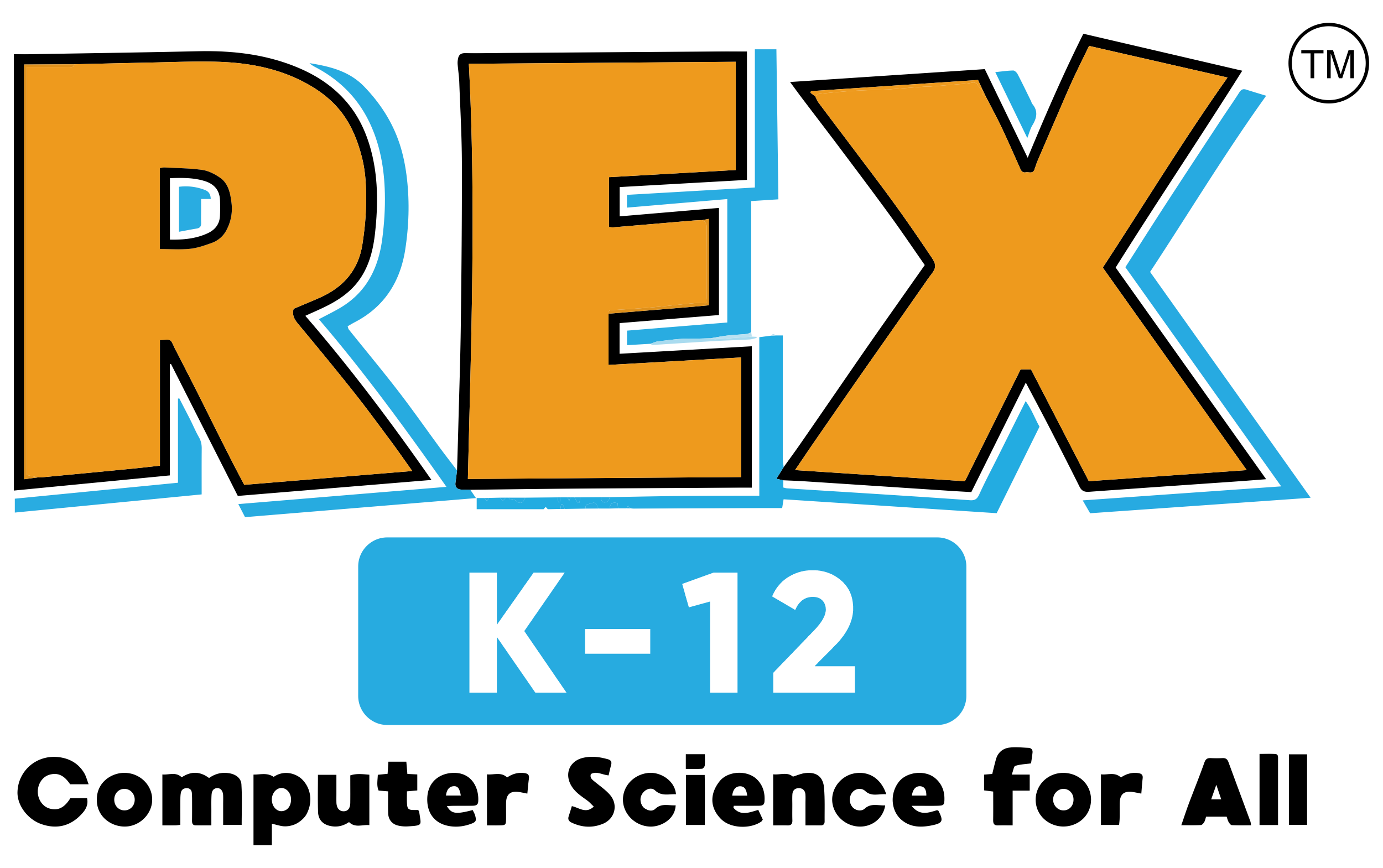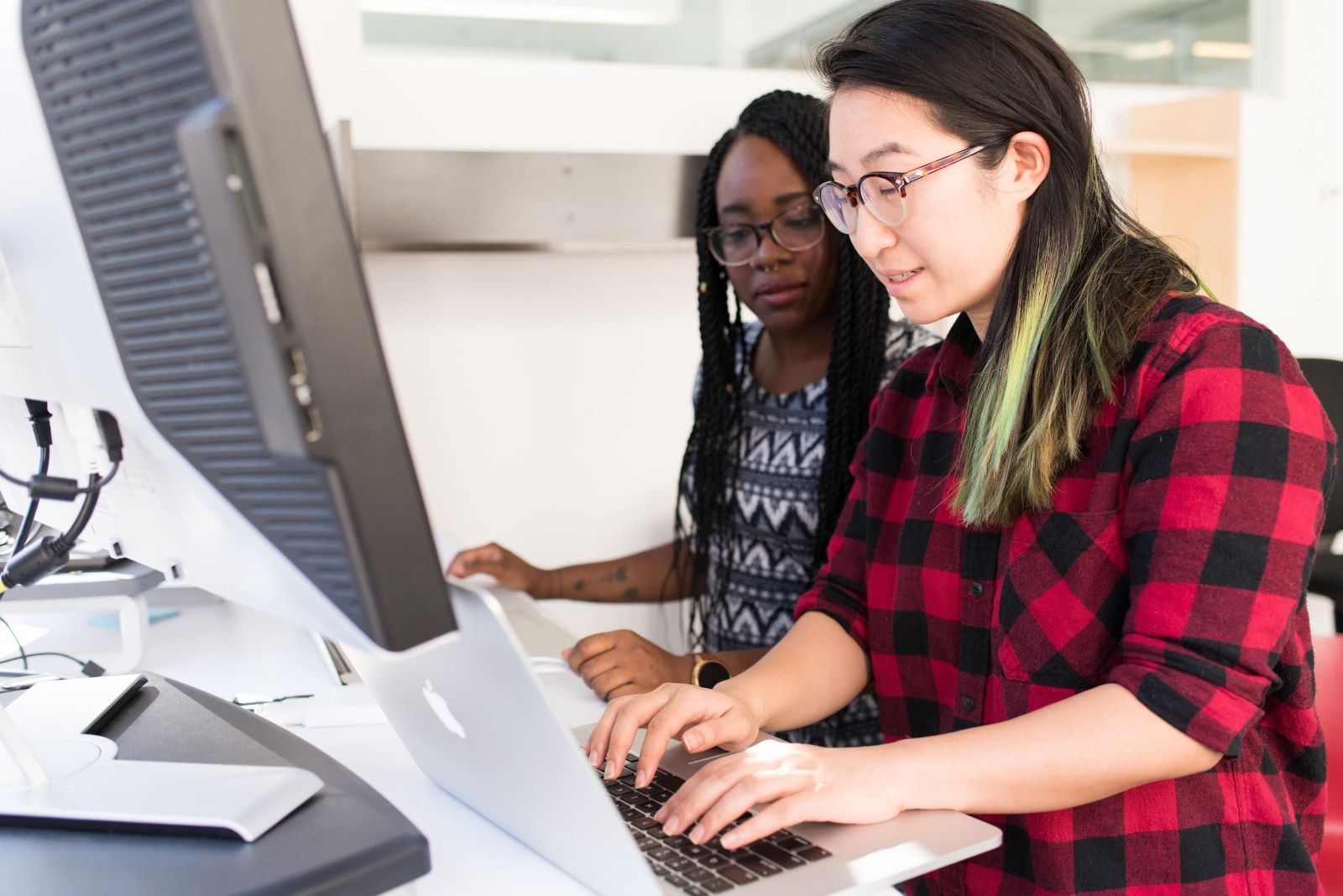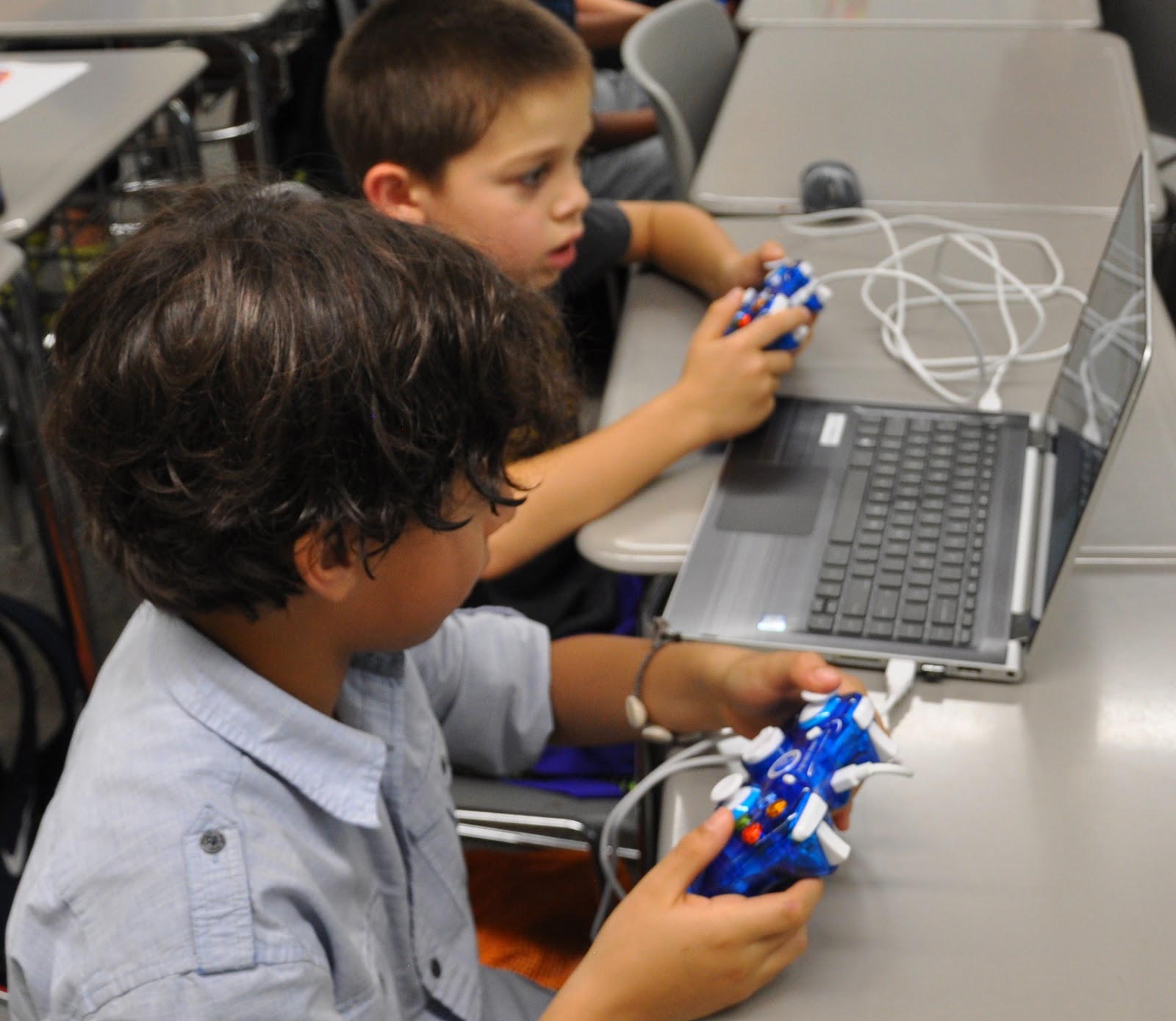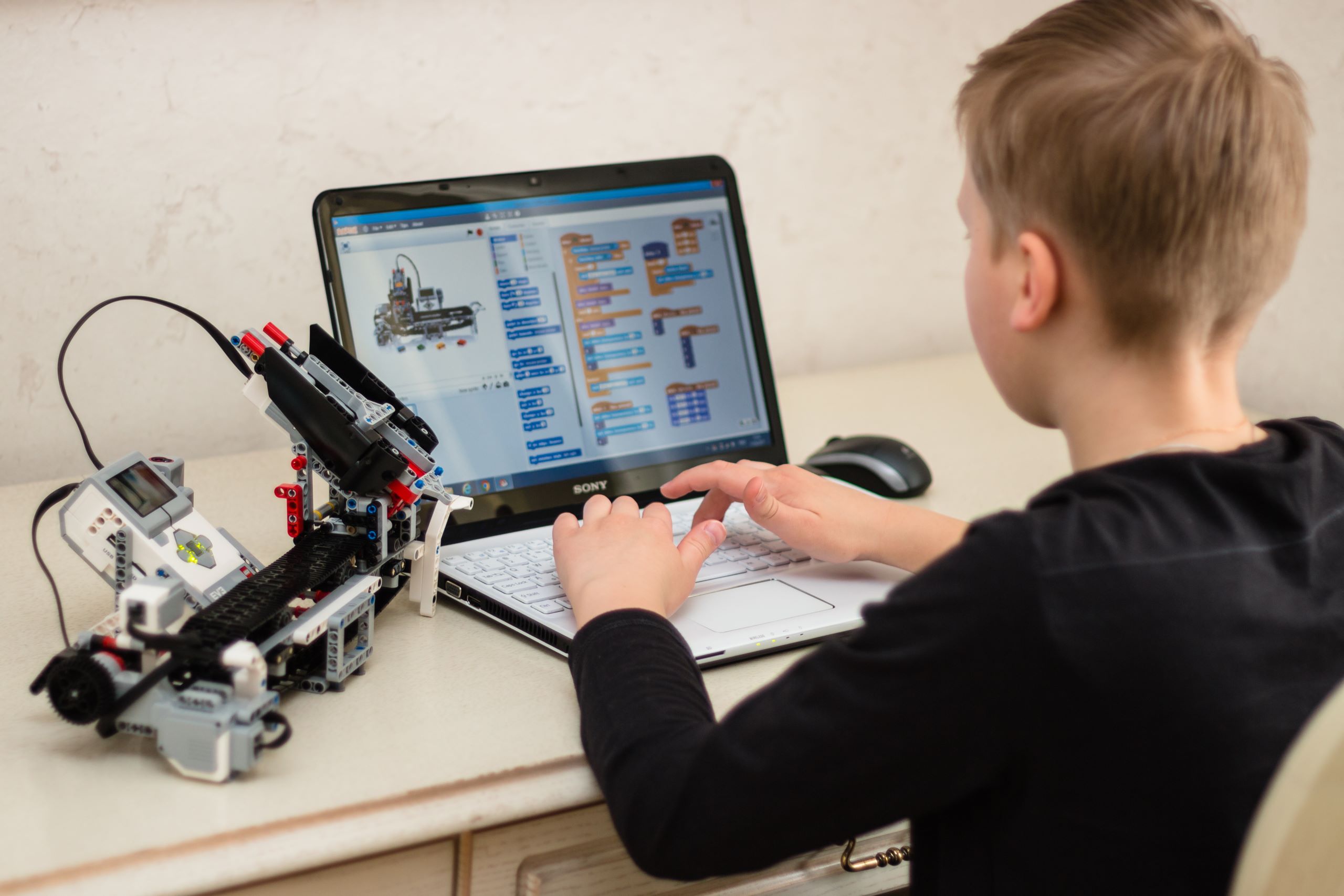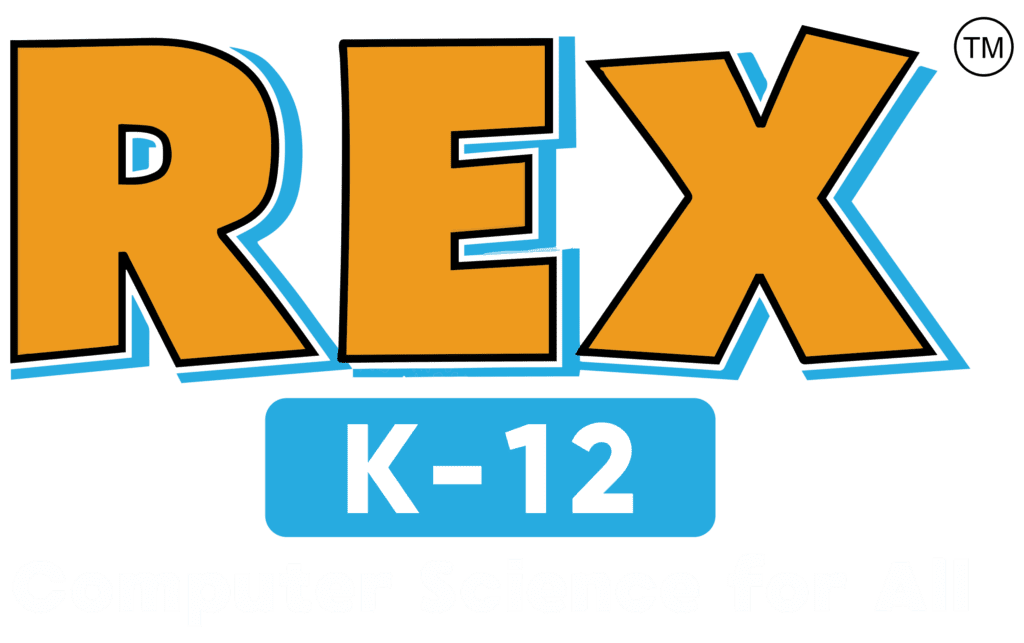How Math and Computer Science Go Together and What Math Teachers Should Know About Coding
In today’s digital age, the integration of math and computer science has become increasingly vital. Understanding the synergy between these two disciplines not only enhances student learning but also equips them with essential skills for future careers. For math teachers, incorporating coding into the curriculum can be transformative, providing students with a deeper understanding of mathematical concepts and practical applications. Here’s how math and computer science go together and what math teachers should know about coding.
- The Natural Connection Between Math and Computer Science
Math and computer science are intrinsically linked through their shared reliance on logic, problem-solving, and analytical thinking. Both disciplines involve understanding complex systems, recognizing patterns, and devising algorithms to solve problems. For instance, algebraic concepts are foundational in writing and understanding code, while geometry is crucial in computer graphics and game development. By recognizing this natural connection, educators can create a more cohesive and comprehensive learning experience for their students.
- Enhancing Mathematical Understanding Through Coding
Incorporating coding into math lessons can significantly enhance students’ understanding of mathematical concepts. Coding projects require students to apply mathematical principles in practical, hands-on ways. For example, writing a program to calculate the area of different shapes reinforces geometric formulas, while developing a simple game can illustrate probability and statistics. This practical application helps students see the relevance of math in real-world scenarios, making abstract concepts more concrete and understandable.
- Teaching Algorithmic Thinking
Algorithmic thinking is a core component of both math and computer science. It involves breaking down complex problems into smaller, more manageable steps—a skill crucial for solving advanced mathematical problems and writing efficient code. Math teachers can introduce algorithmic thinking by incorporating coding exercises that parallel mathematical problem-solving processes. This approach not only strengthens students’ problem-solving skills but also prepares them for more advanced studies in both disciplines.
- Coding as a Tool for Data Analysis
Data analysis is an area where math and computer science intersect significantly. By teaching students how to use coding to analyze and visualize data, educators can provide them with valuable skills that are highly sought after in various fields. Coding languages like Python and R are powerful tools for statistical analysis and data visualization. Integrating these tools into the math curriculum allows students to explore data sets, conduct analyses, and draw meaningful conclusions, thereby enhancing their understanding of both math and computer science.
- Preparing Students for Advanced Placement and Professional Certifications
Integrating coding into math education also aligns well with preparing students for advanced placement exams and professional certifications. For example, the Advanced Placement Computer Science Exam Preparation Course often includes mathematical concepts such as algorithms, data structures, and logic. By incorporating coding into the math curriculum, educators can help students build a strong foundation for these exams and pursue high school computer science career professional certifications. This dual preparation opens up more opportunities for students in higher education and the job market.
- The Role of AI in Mathematics Education
Artificial intelligence (AI) is revolutionizing many fields, including education. An AI curriculum can introduce students to concepts such as machine learning, which relies heavily on mathematical principles like statistics and linear algebra. By incorporating AI into math lessons, educators can demonstrate the practical applications of math in cutting-edge technologies. This not only makes learning more engaging but also prepares students for future careers in AI and data science.
- Professional Development for Math Teachers
For math teachers looking to integrate coding into their curriculum, professional development is essential. Schools should consider providing ongoing training and support to help educators become comfortable with coding and its applications in math. Partnering with organizations that specialize in K-12 computer science education can be beneficial. These organizations often offer resources, workshops, and training programs designed to equip teachers with the skills they need to teach K-12 computer science classes effectively.
In the end, math and computer science are two sides of the same coin, each enhancing the understanding and application of the other. By integrating coding into the math curriculum, educators can provide students with a richer, more engaging learning experience. Whether it’s through teaching algorithmic thinking, enhancing data analysis skills, or preparing for advanced placement exams, the synergy between math and computer science is undeniable. Math teachers who embrace this integration will not only enrich their students’ education but also equip them with the critical skills needed for success in the digital age.
